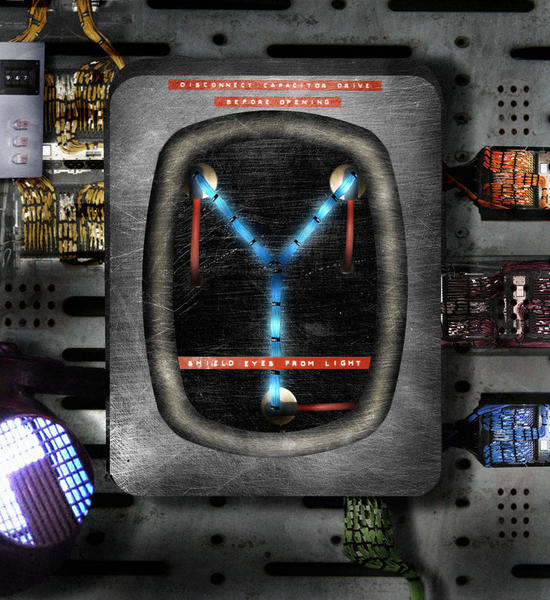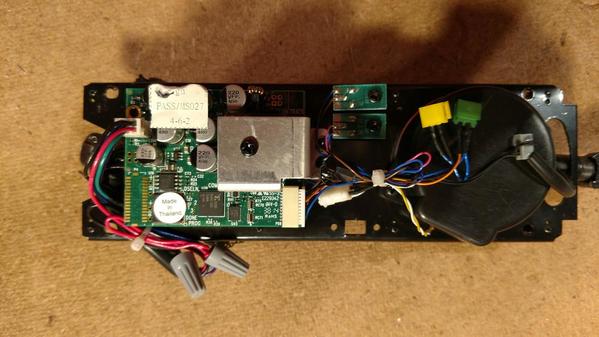Well, just for giggles let's do it this way, with some real(istic) numbers.
Let's suppose your motor is drawing 1 amp at 12 VDC, or 12 watts. I want to ride through a 1 second power loss. So, I need to supply 12 watt-seconds or 12 joules. I want the voltage to drop no more than 1 volt during the power loss. So, I need to deliver 12 joules while discharging a capacitor from 12 VDC to 11 VDC.
12 joules = (energy stored at 12v) - (energy stored at 11 volts)
12 = (1/2C x 144) - (1/2C x 121)
12 = 72C - 60C
12 = 12C
C = 1 farad
This is not precisely correct, but is plenty close enough for estimating purposes.
http://www.mouser.com/ProductD...vMk%252bXk82PQ%3d%3d
I'm not saying anything, just sayin'.














